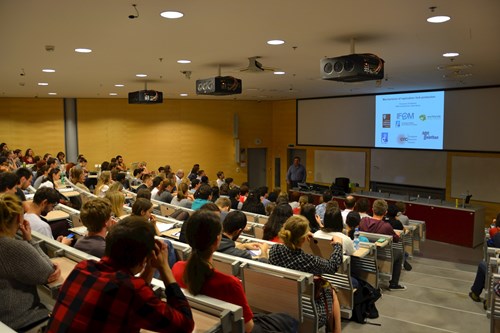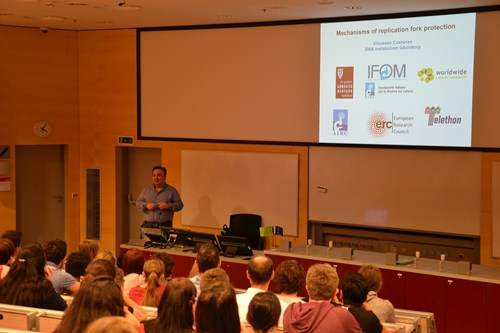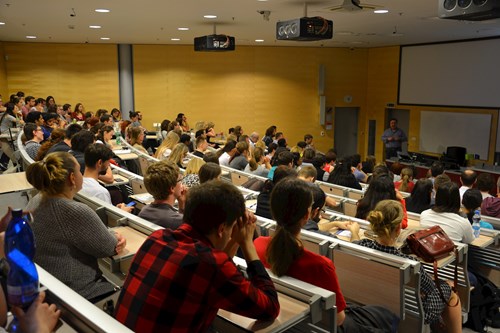Dr. Vincenzo Costanzo
IFOM - Fondazione Istituto FIRC di Oncologia Molecolare, Milan, Italy
- He directs the DNA metabolism research program at IFOM.
- He identified for the first time two new roles for the main repair protein RAD51, which is directly controlled by the BRCA2 protein. Mutations in the BRCA2 gene are associated with Hereditary Breast-Ovarian Cancer Syndrome, and have been implicated recently also in many other tumors.
- Costanzo’s work showed for the first time that RAD51 is essential to protect nascent DNA from nuclease mediated degradation at normal and stalled replication forks and that it is required to promote continuous DNA replication.
- He worked closely with Tim Hunt, recipient of a Nobel Prize in 2001 for cell cycle research, with whom he published important studies on the control of DNA replication.
- He also collaborated with Tomas Lindalh Nobel Prize recipient in 2015 for his discoveries on DNA repair He won several awards, including the prestigious Lister Prize for Preventive Medicine and the European Research Council (ERC) grant for junior investigators.
- In 2013, thanks also to the contribution of the Harvard-Armenise Foundantion and the award of a second ERC consolidator grant he returned to Italy and started the DNA Metabolism research program at IFOM.
- Laboratory web: https://www.ifom.eu/en/cancer-research/research-labs/research-lab-costanzo.php


